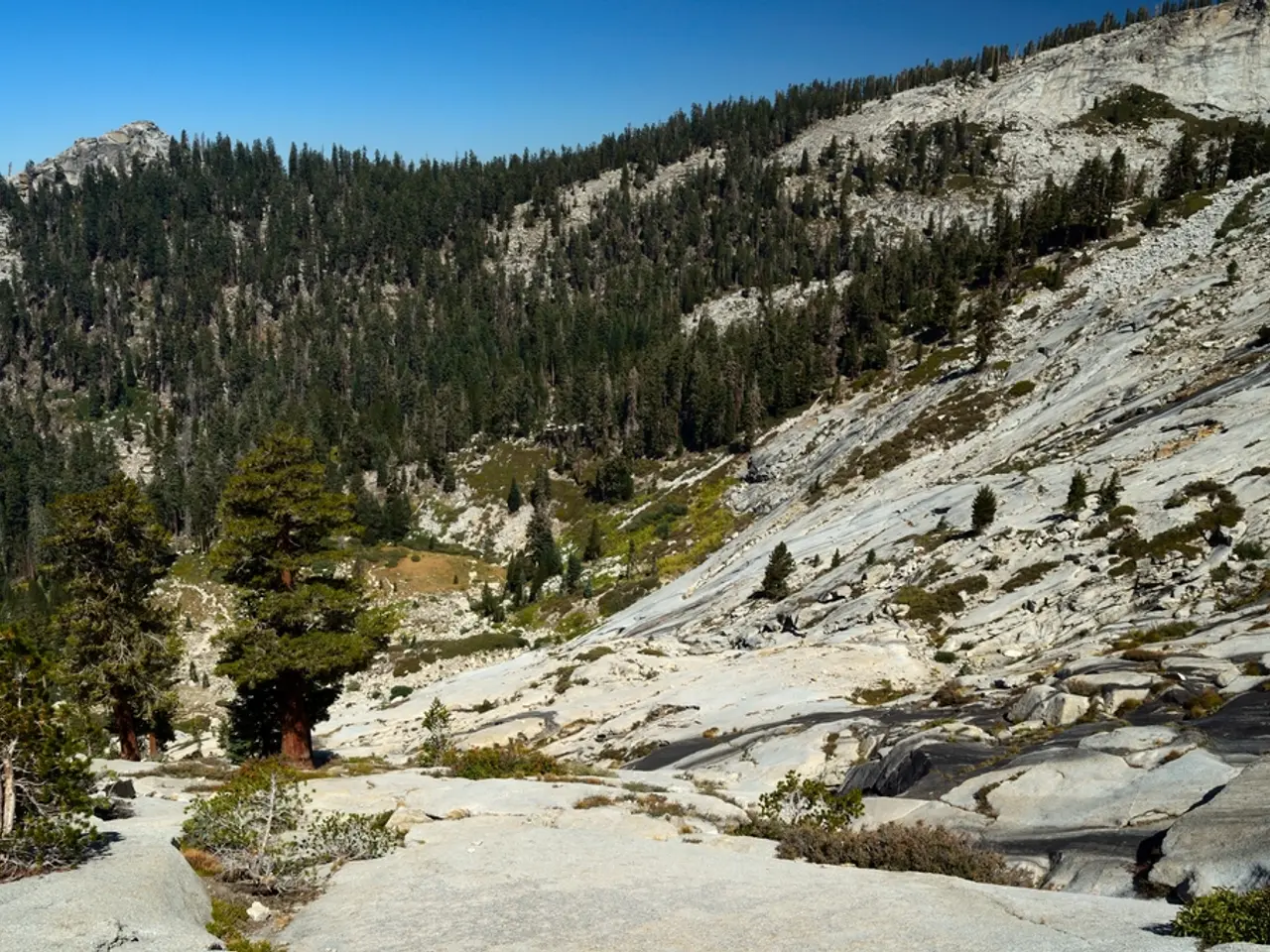Rapid Melting of Himalayan Glaciers: Understanding the Unanticipated Speed
The melting of Himalayan glaciers poses significant risks to water resources, agriculture, and downstream communities, driven primarily by climate change and associated factors.
### Causes of Himalayan Glacier Melting
Rising global temperatures, reduced snowfall, altered precipitation patterns, black carbon pollution, urban heat islands, and aerosol pollution are the primary causes of the accelerated melting of Himalayan glaciers. The Himalayan region is warming at about 0.2°C per decade, twice the global average. This acceleration in the rate of loss has only emerged within the last few decades and coincides with human-induced climate change.
### Risks and Impacts on Water Resources, Agriculture, and Communities
The Himalayas provide meltwater that feeds rivers supporting nearly two billion people downstream. Accelerated glacier melting threatens water security by risking future shortages. Glacial retreat jeopardizes freshwater availability for drinking, irrigation, hydropower, and industrial uses throughout South Asia.
Glacial Lake Outburst Floods (GLOFs) are another significant risk. As glaciers melt, new glacial lakes form and grow, posing a high risk of sudden flooding when their natural dams burst. GLOFs have caused destruction to homes, farms, infrastructure, and hydropower plants, such as the 2023 flood in Sikkim that destroyed a hydropower dam.
Floods and landslides triggered by melting glaciers disrupt lives and agriculture, damaging crops and reducing productivity. The region is seeing an increase in such disasters, exacerbating rural vulnerabilities. Altered river flows from earlier snowmelt and diminished runoff threaten long-term agricultural sustainability and fragile mountain ecosystems.
### The Study and Its Findings
A study published in 2021 in the journal Scientific Reports analyzed long-term fluctuations of mountain glaciers in the Himalayan region. The study, led by Dr. Jonathan Carrivick, Deputy Head of the University of Leeds School of Geography, found that ice is being lost from Himalayan glaciers at a rate that is at least ten times higher than the average rate over past centuries.
Natural debris on glaciers is causing a significant loss of mass, contributing to around 46.5% of total volume loss. The eastern regions of the Himalayas, including eastern Nepal and Bhutan, are experiencing faster glacier melting due to unique geographical features and weather patterns.
### The Urgent Need for Action
The situation for Himalayan glaciers is actually far worse than what is visible in the mountains today. The melting of Himalayan glaciers increases the vulnerability of Himalayan grazers' livelihoods. It is not too late to act now because every tenth of a degree less of global warming matters.
Changes in glacier meltwater-fed rivers could impact agriculture, hydropower, and drinking water. The increased frequency of glacial lake outburst floods and other climate-induced disasters amplify risks to livelihoods, infrastructure, and ecosystems, demanding urgent risk reduction and adaptive measures across the Hindu Kush Himalaya region.
- The study in Scientific Reports reveals that ice is being lost from Himalayan glaciers at a rate that is at least ten times higher than the average rate over past centuries, with natural debris on glaciers causing a significant loss of mass.
- The melting of Himalayan glaciers is not only a concern for the climate-and-environmental-science community, but also poses significant risks for health-and-wellness, as changes in glacier meltwater-fed rivers could impact agriculture, drinking water, and the increased frequency of glacial lake outburst floods could amplify risks to livelihoods, infrastructure, and ecosystems in the region.




